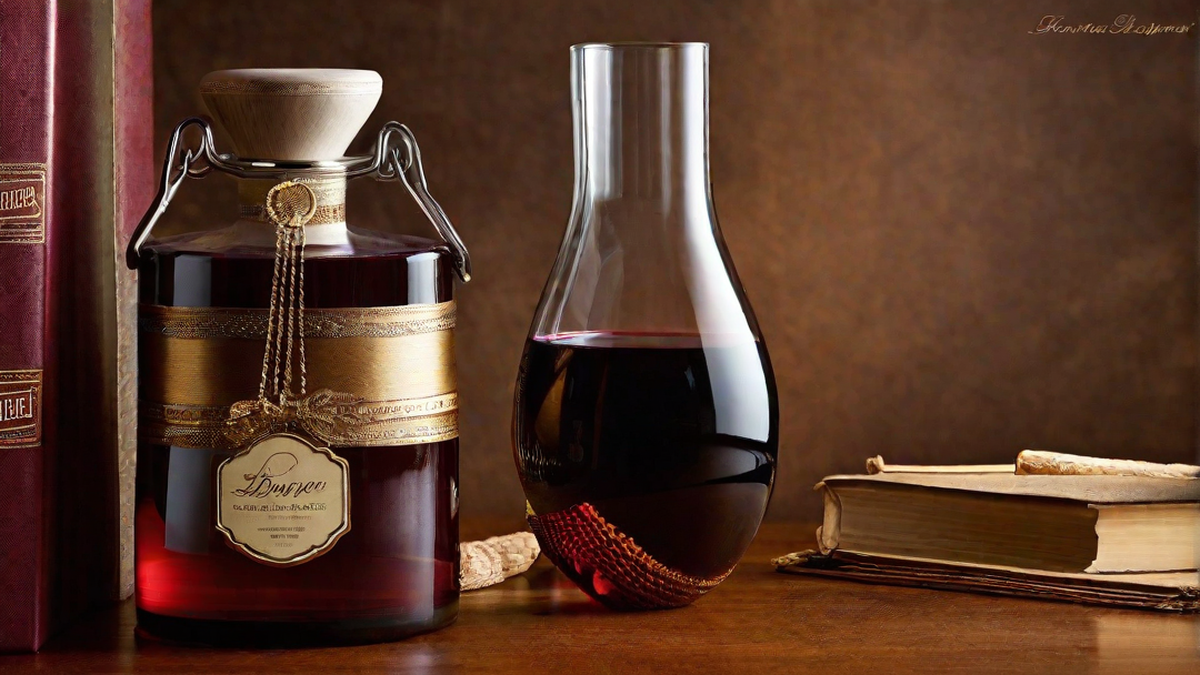Opening a bottle of wine can be a delightful experience, especially when you have the right tools and know-how. One essential tool every wine enthusiast should have is a wine opener. In this article, I will guide you through the process of using a wine opener, sharing my personal tips and insights.
Choosing the Right Wine Opener
Before we dive into the specifics of using a wine opener, let’s talk about the different types available. There are several types of wine openers, such as the traditional waiter’s corkscrew, winged corkscrew, and electric wine opener. Each type has its pros and cons, so it’s essential to choose the one that suits your preferences and needs.
Personally, I prefer the classic waiter’s corkscrew. It’s compact, easy to use, and allows me to have complete control over the opening process. Plus, it fits perfectly in my pocket, making it a convenient choice for picnics or wine tastings on the go.
The Step-by-Step Guide to Opening a Bottle of Wine
Now, let’s get into the nitty-gritty of using a wine opener. Follow these steps to open your bottle of wine effortlessly:
- Start by removing the foil or plastic wrap from the top of the bottle. This exposes the cork and allows you to have a better grip.
- Position the wine opener’s serrated blade just below the lip of the bottle, and gently cut around the circumference of the foil. Be careful not to cut yourself!
- Once the foil is removed, extend the corkscrew from the wine opener by pulling it up.
- Place the tip of the corkscrew in the center of the cork.
- With a firm grip on the bottle, twist the corkscrew into the cork in a clockwise motion. Apply gentle pressure to ensure the corkscrew goes in straight.
- Once the corkscrew is fully inserted, use the leverage arm of the wine opener to pull the cork out. Hold the bottle steady with one hand while using the lever to lift the cork out slowly and smoothly.
- Voila! Your bottle of wine is now open and ready to be enjoyed.
I find that using a wine opener is like a dance—a delicate balance of technique and finesse. As you become more experienced, you’ll develop your own rhythm and style when opening a bottle of wine. Don’t be afraid to experiment and find what works best for you.
Caring for Your Wine Opener
Proper maintenance and care of your wine opener will ensure its longevity and functionality. After each use, clean the corkscrew and blade with warm water and mild soap. Dry it thoroughly, and if applicable, lubricate the corkscrew with a drop of food-grade oil to keep it running smoothly.
Conclusion
Using a wine opener is a skill worth mastering for any wine lover. Whether you’re opening a bottle of your favorite vintage or trying an exciting new wine, the right opener can enhance your experience. Remember, practice makes perfect, so don’t be discouraged if you struggle at first. With time, you’ll become a pro at opening bottles effortlessly, allowing you to fully savor the wine within.



